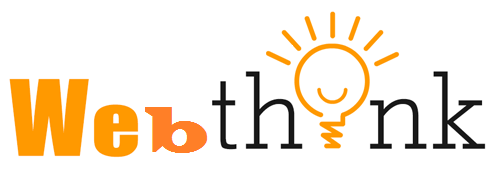How A Project-Based Learning Platform Enables Higher Order Thinking Skills

Fourth graders work together to plan life for their “colony” during a class activity focused on colonial America.
Higher-order thinking is a critical skill for graduates looking to succeed in today’s demanding workforce. As an educator, how can you ensure your students are ready to tackle these challenges once they finish university?
The most impactful way to implement these skills in your students is to deliver project-based learning experiences via an experiential learning platform.
Let’s talk more about PBL, higher-order thinking, and how the two connect now.
What is project-based learning (PBL)?
Project-based learning is an educational pedagogy stemming from experiential learning. It allows students to apply their knowledge and skills to meaningful, real-world contexts.
Among other benefits, PBL develops critical thinking, confidence, and problem-solving skills. It’s also a fantastic way for students to see the genuine impact of their work and engage actively in the content, unlike traditional lecture-based education.
What is higher-order thinking?
Higher-order thinking skills allow us to think critically, creatively, and flexibly. These skills are essential for success in any field, from STEM subjects to humanities.
In psychology, higher-order thinking describes cognition that goes beyond mere perception and involves the manipulation of ideas, concepts, and symbols. A person with higher-order thinking skills can use existing knowledge and effectively apply it to new situations.
Bloom’s taxonomy is a group of hierarchical models we can use to visualise higher-order thinking skills. The most popular model is a six-tier triangle, with the top three tiers representing higher-order thinking skills: creating (or synthesising), evaluating, and analysing.
How PBL builds higher-order thinking skills
As we discussed above, higher-order thinking is about creating, evaluating, and analysing. These elements each play critical roles in project-based learning.
Let’s say a student studying urban planning would like to improve public transport in their area. Their project, then, could involve researching their city’s existing public transport options, identifying areas for improvement, and constructing a model of their proposed solution.
This student’s project would cover all three higher-order thinking elements:
- Researching the existing system (analysing)
- Identifying potential improvements (evaluating)
- Building a model (creating)
As such, project-based learning is a fantastic way for students to develop higher-order thinking skills in a meaningful way that is relevant to their interests.
Tips for implementing PBL in your classroom
The simplest way to implement PBL in your classroom is via a project based learning platform such as Practera. These platforms can help you plan, set up, and deliver transformative project-based learning experiences guaranteed to improve your students’ higher-order thinking abilities.
A good PBL platform will offer a range of features to make this possible, including personalised feedback tools, detailed analytics, and chat-based collaboration tools so you can keep in touch with students, mentors, and employers.
Build future-ready students today
Higher-order thinking skills are vital for success in the modern workplace. By analysing, evaluating, and presenting new ideas, graduates can drive innovation and become the impactful voices of their generation.
You can help your students make meaningful changes and achieve their career goals by implementing project-based learning. Download Practera’s project-based learning white paper to learn more about how this powerful pedagogy drives graduate success.






